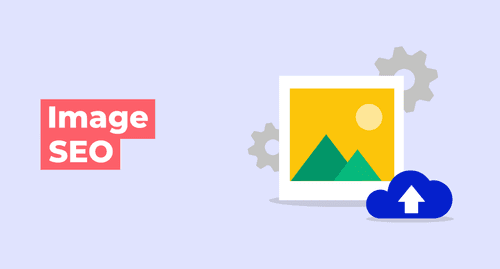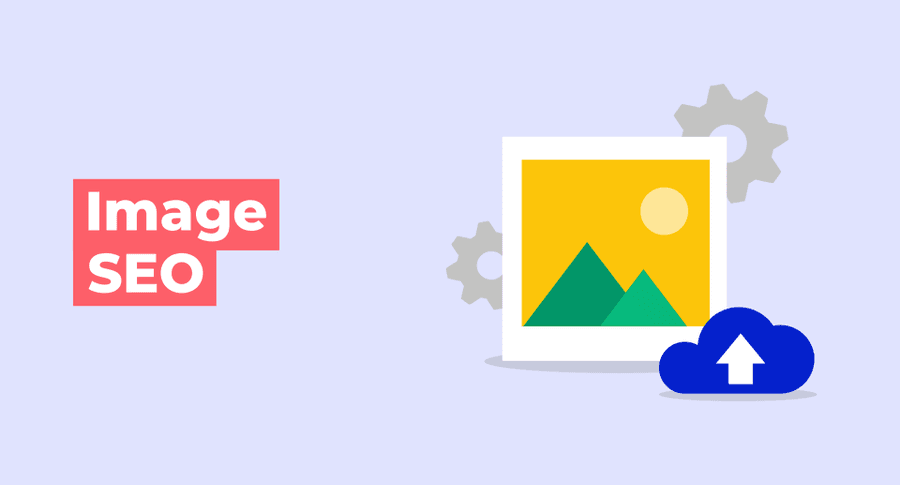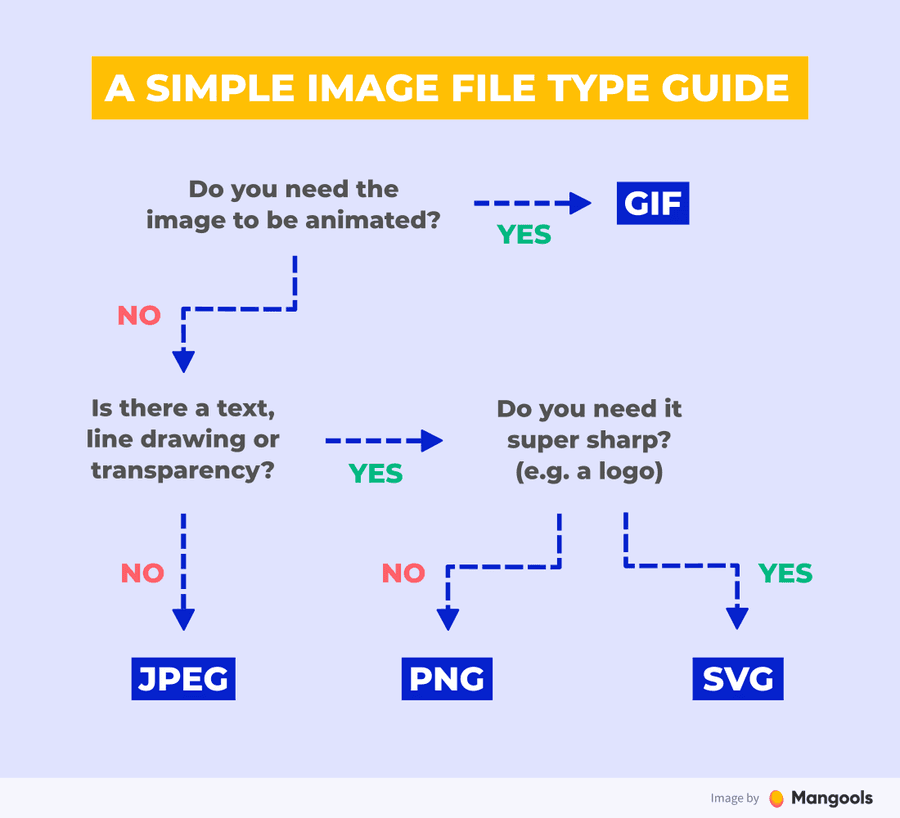Explore the World's Best Ideas
Join today and uncover 100+ curated journeys from 50+ topics. Unlock access to our mobile app with extensive features.
Image Optimization
Image optimization is a critical part of SEO.
Just as the content you write for your site needs to speak to both your audience and Google, so do your images.
Image SEO is more than just getting your images to rank. It’s about optimizing your images so they:
- Keep your web pages loading quickly
- Make your website and content more visually appealing
- Strengthen the image (literally and figuratively) of your brand
13
48 reads
Choose images that send the right message
You need to show that you really have something that’s unique and compelling and of high quality.
Although more companies use stock photos, marketers believe that original graphics are more valuable.
What to use instead of cliché stock photos:
- Your own illustrations & graphics
- Unique/edited stock images
- Screenshots of graphics from other sites (with the proper citation)
- Your own camera/smartphone
Images that have a clear purpose are more likely to rank on their own.
Use high-quality images: sharp, relevant, consistency of style with the rest of the site.
11
37 reads
Use the right image file format
Commonly used image file types
- JPEG – lossy compressed file format, usually the smallest file size; ideal for photos
- PNG – usually larger file size than JPEGs; ideal for line drawings, screenshots, images that contain text or transparent backgrounds
- GIF – limited colors; ideal for animated images
- SVG – scalable format (it doesn’t pixelate), usually smaller; great for logos, icons, simple illustrations
Besides these, there are next-gen image formats like WebP, JPEG 2000, and JPEG XR.
WebP, was developed by Google for the purposes of serving high-quality images in smaller sizes.
16
39 reads
Resize images that are too large
Resize your images to fit your page dimensions.
There’s a simple rule of thumb – use dimensions appropriate for your page width (or just slightly bigger).
Resize the image before uploading it. Storing a 3 MB photo on your website makes no sense even if you resize it afterward (unless you want it to be downloadable in full size). You will prevent them from eating up your web hosts’ disk space too fast.
11
25 reads
Compress your images
Compression is a process that strips away inessential data and file bytes while (mostly) preserving the quality of your image.
2 types of compression:
- Lossy compression is the process of removing small bits from a JPEG or GIF file. It is irreverable. Image quality can seriously degrade if you apply too much compression.
- Lossless compression is the process of removing extraneous metadata from a PNG file. This process is not as severe or permanent as lossy compression. Because of this, image integrity mostly remains intact. However, file sizes are still relatively large.
11
21 reads
Use descriptive and distinct metadata
They are useful for helping visitors understand what the visual content on a page looks like without being able to see it & serve as important information Google pays attention to when trying to gather what a page is about.
Image SEO metadata needs to be:
- Descriptive so explains what’s contained within an image & how it relates to the content of a page.
- Distinctive so it keeps your images from cannibalizing one another. Your images won't have to compete for attention as they rank for different keywords & scenarios.
Common image metadata:
- file name
- alt text
- caption
- title & description
14
25 reads
Cache your web pages
Your server makes a copy of your web page and all its content — including images — so that it doesn’t have to recreate the page every time someone requests to see it.
Considering how infrequently you’re likely to change images on your web pages, caching is a great way to minimize the stress they put on your server.
11
25 reads
Consider a CDN
Moving your images to a content delivery network (CDN) might also be helpful.
A CDN is a network of servers that sits above your main hosting server. When activated, your site is cached and sent to those remote servers with the aim of reducing the physical gap between your website and its visitors.
13
20 reads
Include image structured data
Structured data allow you to mark up the information about the web page.
schema.org is the body that manages structured data (schema markup) that we use on the web.
Another great resource for getting ideas on how to use structured data & add images to your search results is Google Search Reference.
You can attach things like author photos, company logos, & story-driven images. And all it takes is some additional markup on the page.
If you feel that an image can add value & context to a web page, then using structured data to add it to search would be a good idea.
13
13 reads
Use lazy loading
If 57% of the time spent on a page is above-the-fold, lazy loading becomes a useful tool in conserving your server’s energy.
The process works like this:
- Someone visits your website.
- Your server receives the request.
- Rather than process the entire web page and make the visitor wait, the server only processes the visible part of the page so they can see the content more quickly.
When lazy loading is enabled, your server can dedicate its energy and resources to processing the above-the-fold data first.
It means the loading time will decrease for the benefit of your visitors.
12
15 reads
Create an image sitemap
Considering about a quarter of all web searches take place on Google Image Search, it would be beneficial to generate an image sitemap apart from your regular XML sitemap.
This way, you can ensure that Google has a list of all the images that are rank-worthy along with the image SEO data you so carefully attached to each.
15
30 reads
IDEAS CURATED BY
Digital Marketer Welcome to my Deepstash where I share ideas I find most valuable for those who wish learn more about digital marketing!
Madhav 's ideas are part of this journey:
Learn more about marketingandsales with this collection
The importance of networking in podcasting
How to grow your podcast audience
How to monetize your podcast
Related collections
Similar ideas
Read & Learn
20x Faster
without
deepstash
with
deepstash
with
deepstash
Personalized microlearning
—
100+ Learning Journeys
—
Access to 200,000+ ideas
—
Access to the mobile app
—
Unlimited idea saving
—
—
Unlimited history
—
—
Unlimited listening to ideas
—
—
Downloading & offline access
—
—
Supercharge your mind with one idea per day
Enter your email and spend 1 minute every day to learn something new.
I agree to receive email updates


